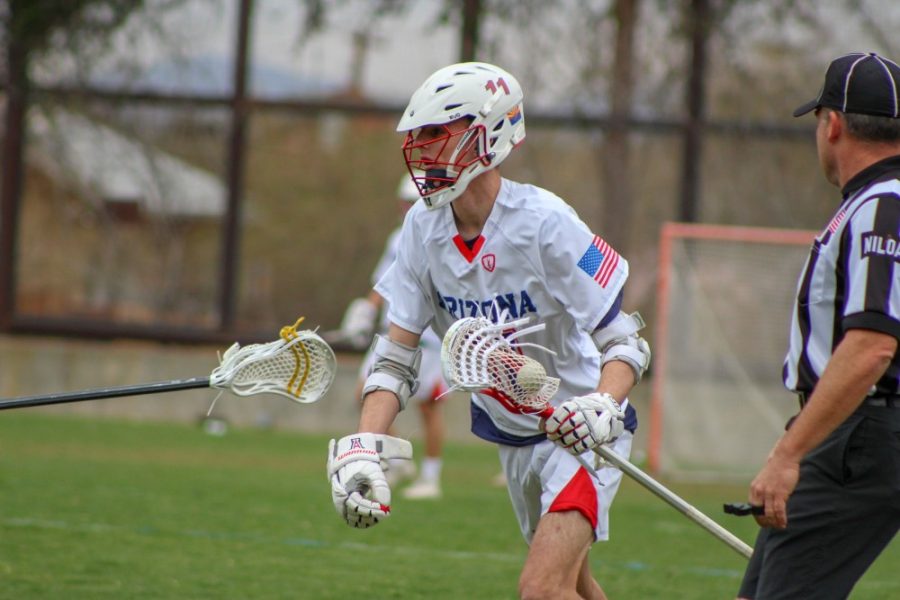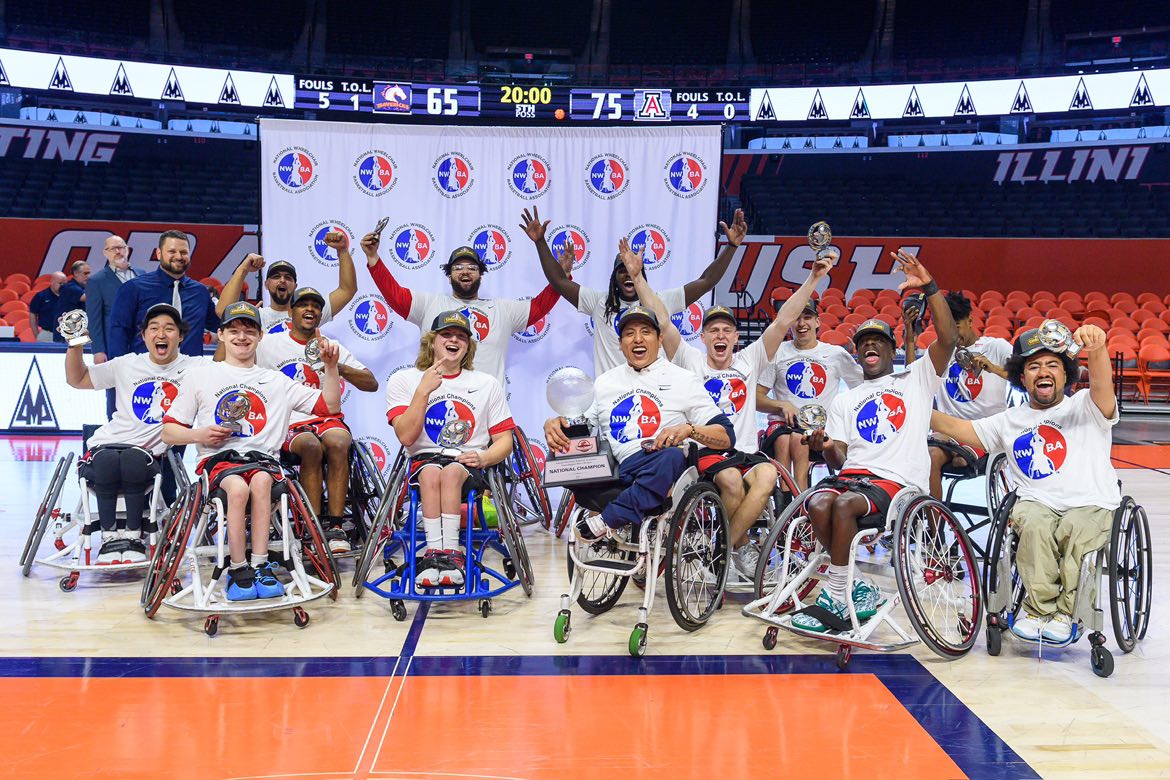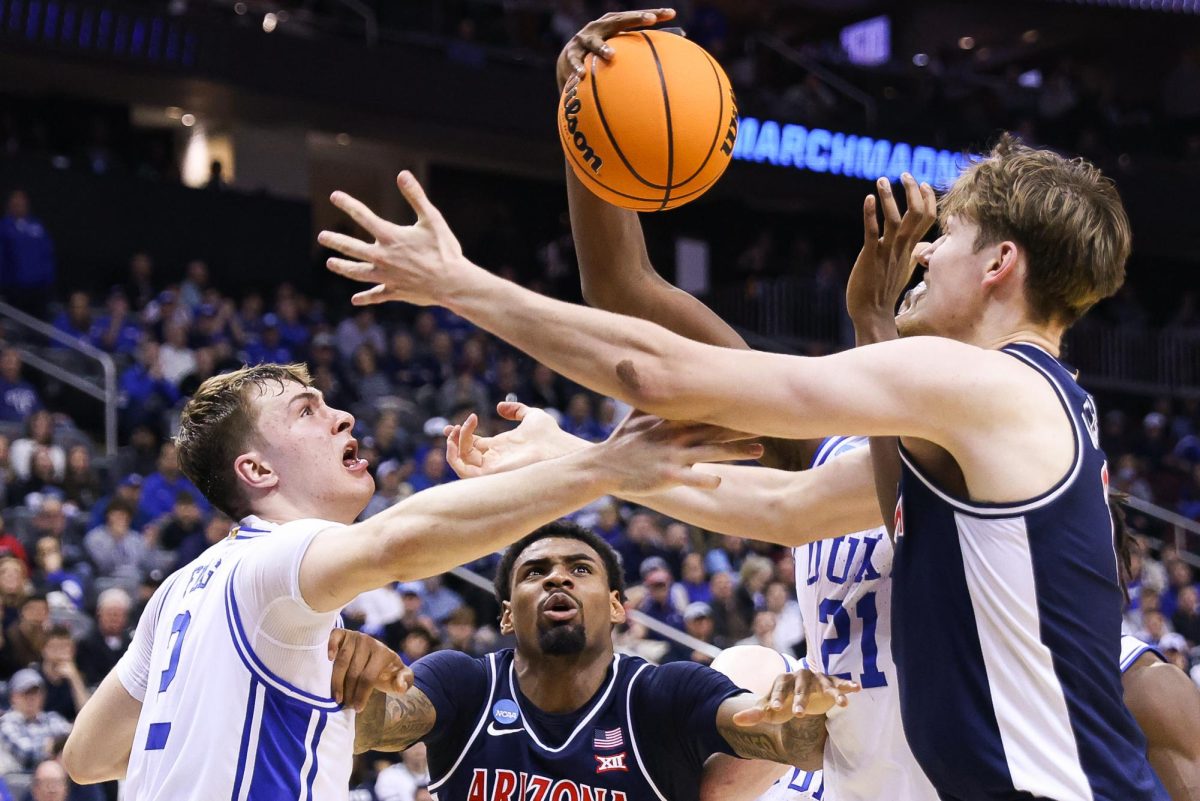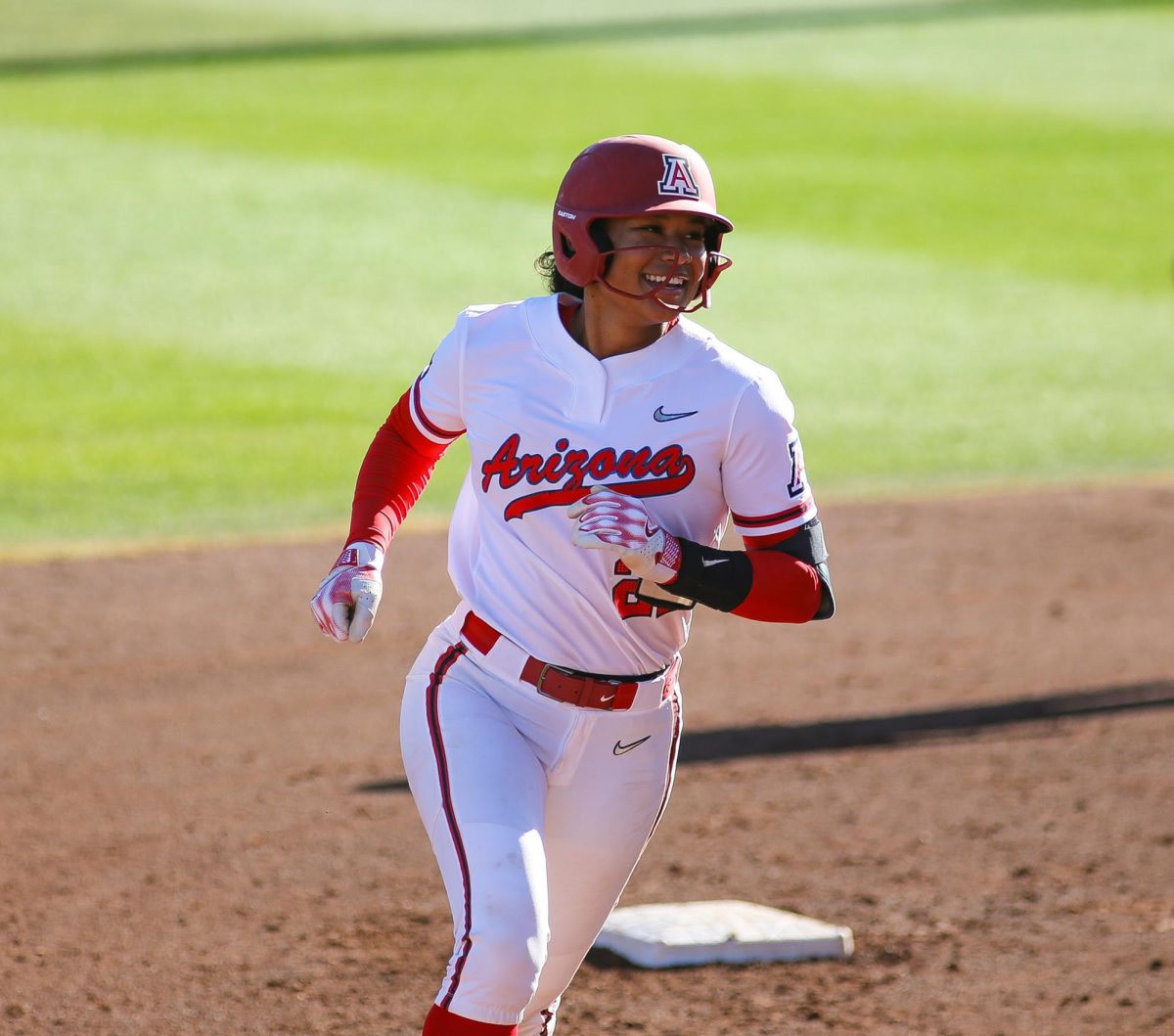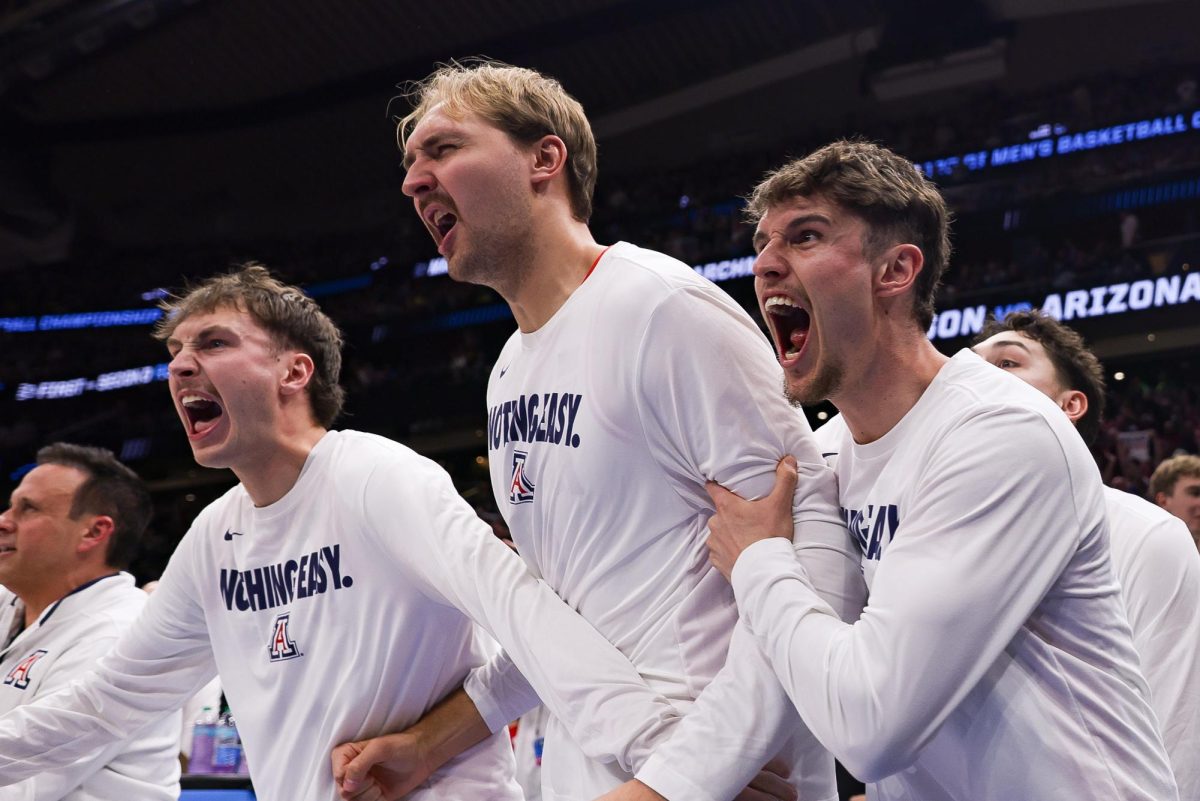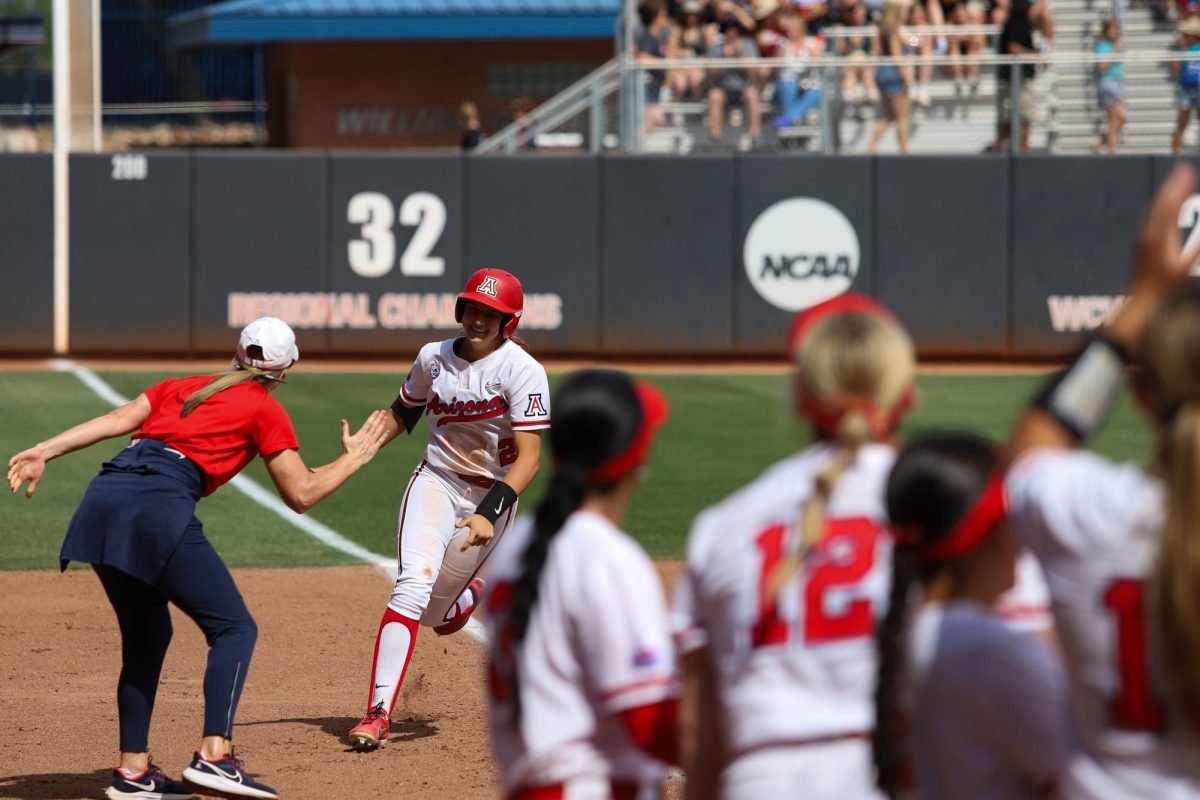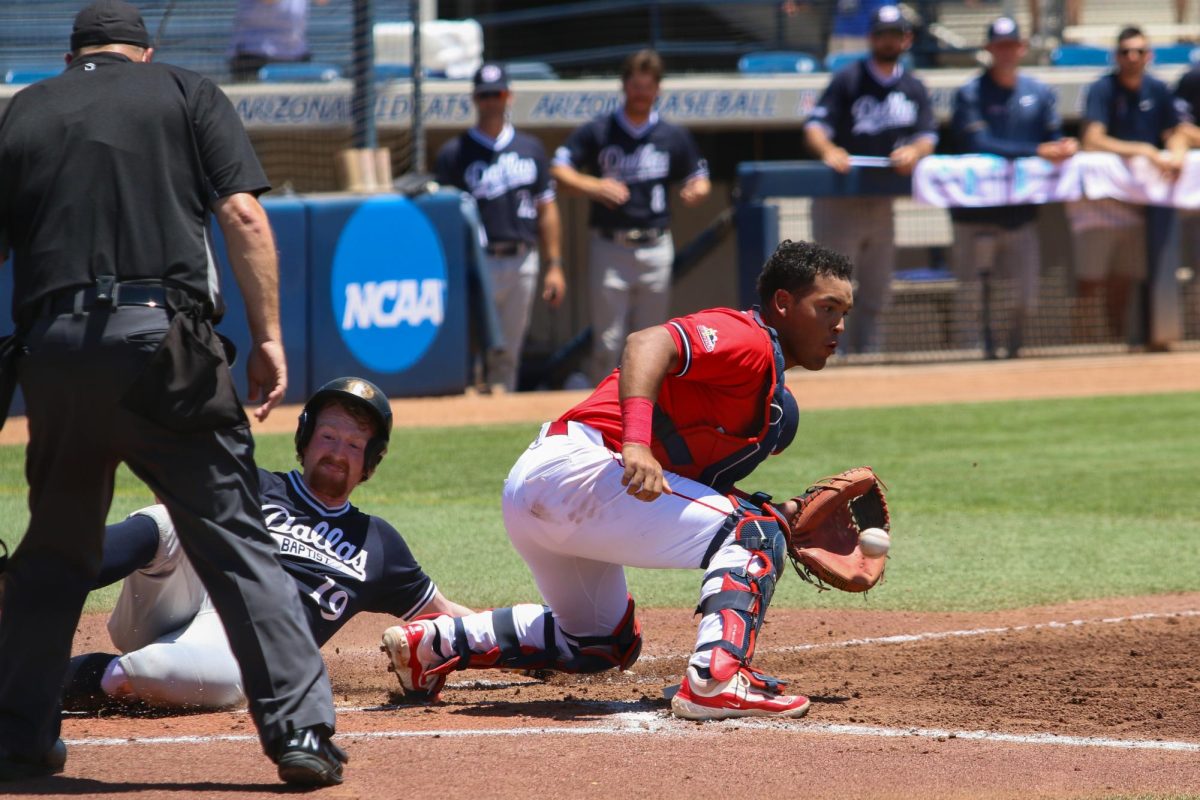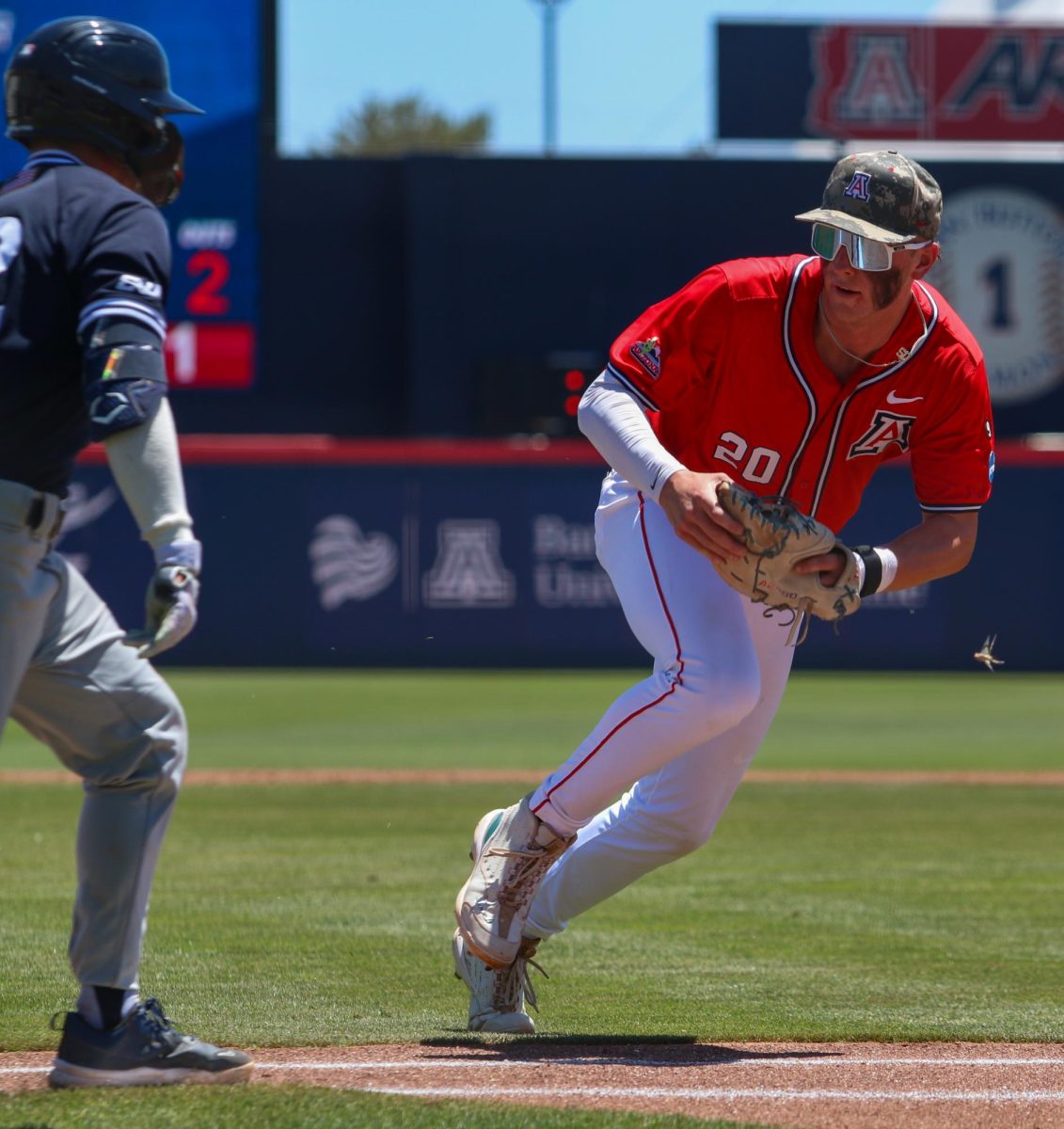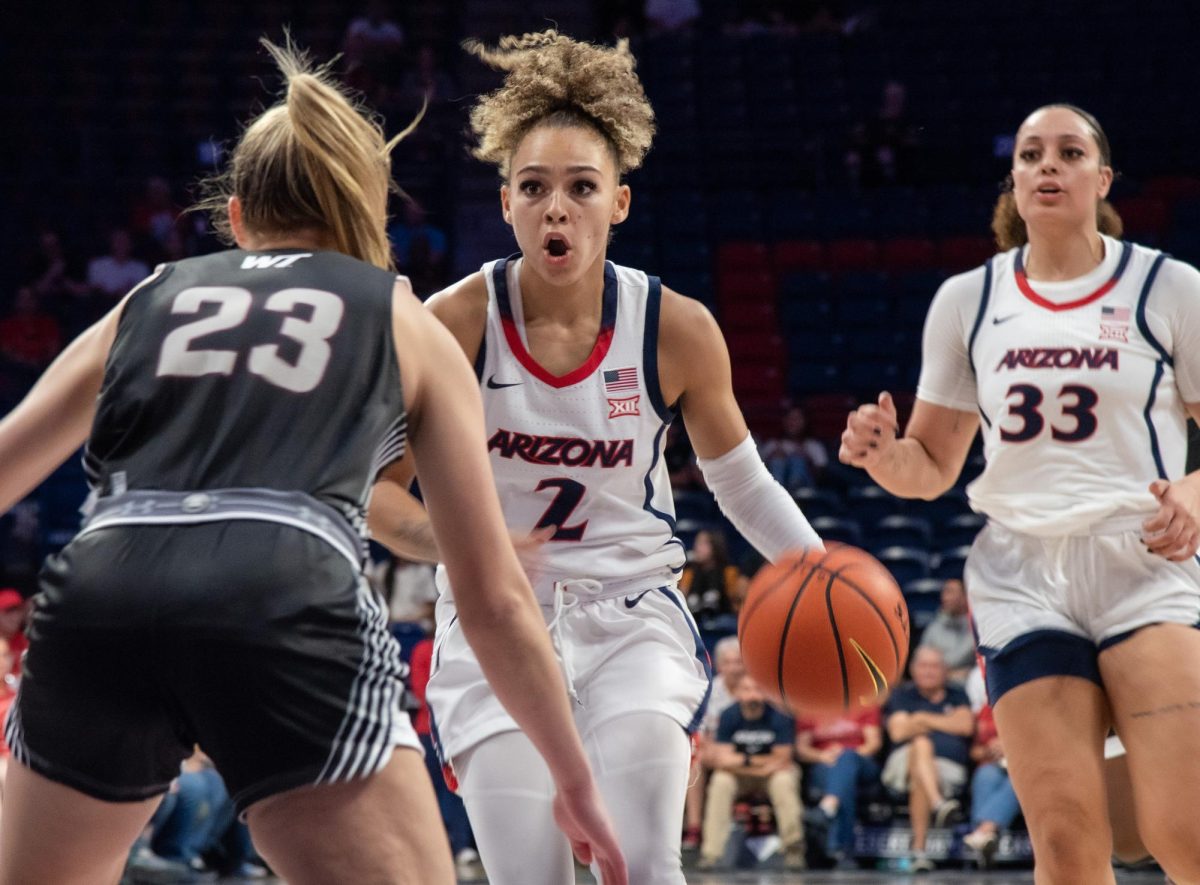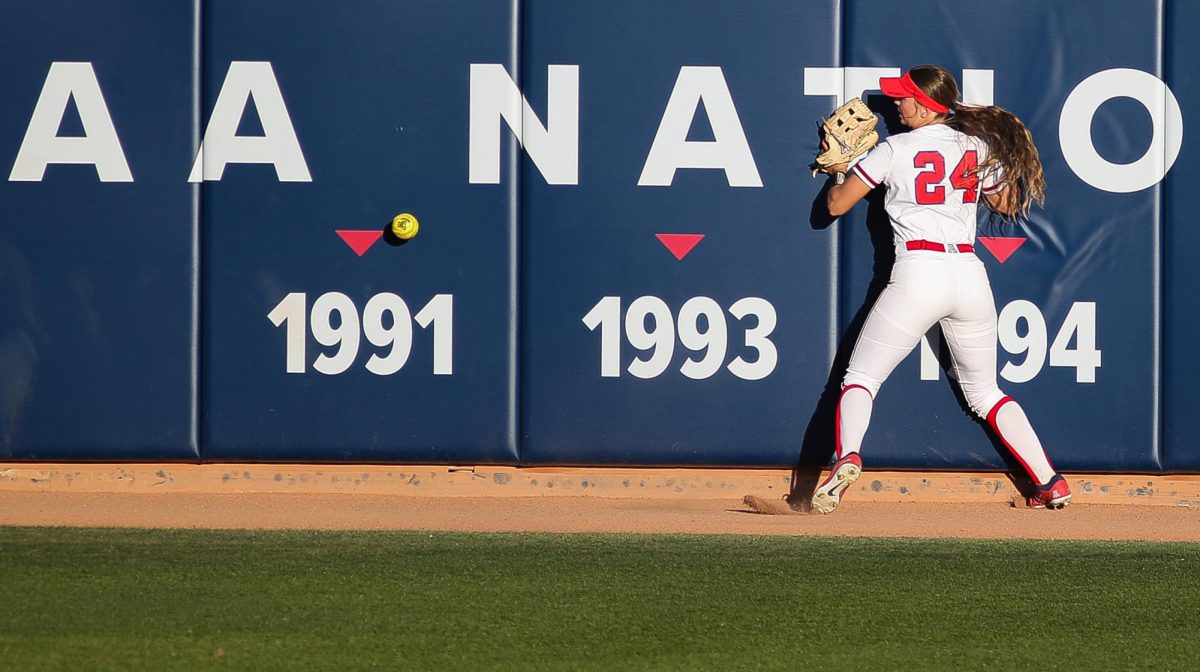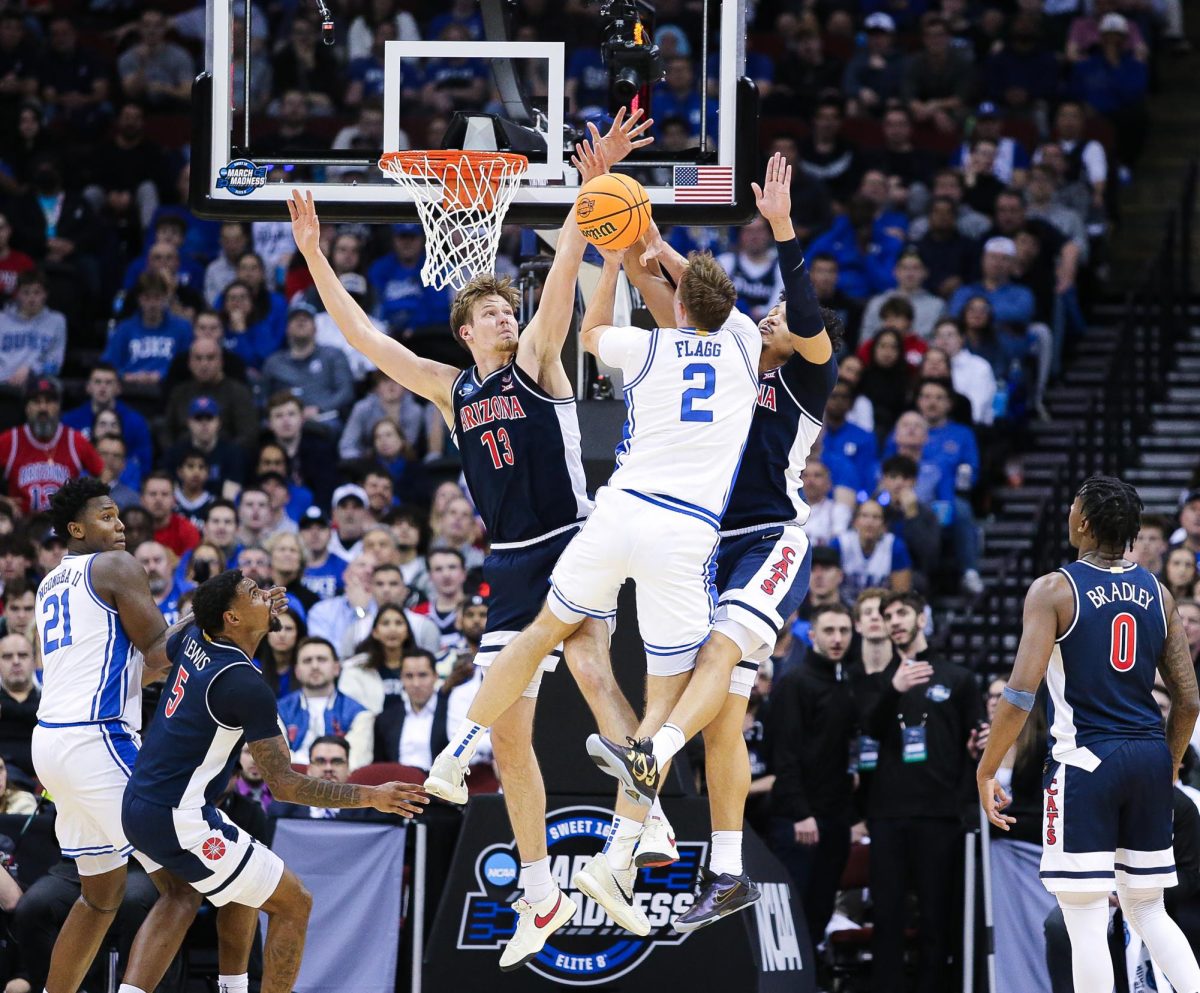Six decades ago, a vision came to life with the founding of a University of Arizona lacrosse team. Arizona lacrosse was founded by three men: Don Golos, Jay Lehr and Chuck McChesney. These three men worked tirelessly to get the sport varsity recognition at the UA.
Golos was not only the founder but also a player, coach and a team leader. He was a major contributor to getting club status recognition for the team in 1961 and was also a contributor to the team gaining its varsity status in 1964.
Lehr started out as a goalie for the team and also became a coach in 1964. He oversaw the expansion of the team from 17 players in 1963 to over 40 in 1964.
McChesney, the last member of the original three, was heavily involved with sponsorship and public relations. He created and fostered relationships with John Barton and Seneca Erman which helped the team gain immense financial support.
In 1965, the varsity team had an 11-0 season and were the reigning champions of the Rocky Mountain Conference. This history has not been forgotten and still holds significant weight in the program to this day.
Even though the team is no longer a varsity sport at the UA, head coach Matt Blamey, who has coached Arizona lacrosse for 7 years, is aware of this legacy.
“For nearly 70 years, the club has carried a tradition of excellence,” Blamey said. “Building a legacy that reflects the growth and development of lacrosse both at the University of Arizona and across the country.”
Blamey has not only embraced the rich legacy of Arizona lacrosse but also carved out his own notable path in the program. In his second season of coaching, he was named the Southwestern Lacrosse Conference’s Division I Coach of the Year. Under his leadership, the Laxcats qualified for the 2022 Men’s Collegiate Lacrosse Association’s National Tournament in Round Rock, Texas.
In 2023, the team was ranked No. 5 in the country in the New Balance weekly national poll. This spring, the team made it to the SLC title game for the first time in program history.
According to Pierce Baretz, a former UA lacrosse midfielder, the team’s dynamic before Blamey’s entrance lacked order and unity.
“He transformed the culture into something that was truly a competitive sport that required discipline and hard work,” Baretz said.
According to Baretz, Blamey coached moment to moment and never compared where the team was in the past to where they were in the present.
This philosophy is part of the Blamey’s bigger vision for the program. Blamey said the game is not only about wins and losses.
“Lacrosse offers the opportunity to build character, leadership, and life skills that will serve our players well long after their playing days are over,” Blamey said.
This impact can be seen in players like Baretz, who have moved on from the program and built successful lives outside of lacrosse.
“If it wasn’t for lacrosse I can’t say I would have gotten through all four years of college,” Baretz said.
This enduring influence not only shapes individual journeys but also fosters a sense of community, as evidenced by the alumni game, which is a way for past players to reconnect with their teammates and for current players to learn from their predecessors.
Luke Helmacy, a midfielder for the UA, not only looks forward to being competitive during the game but also taking something away from the alumni insights.
“I like meeting all the alumni and hearing what they have to say,” Helmacy said. “After the game we talk about their experiences and how they keep up with the current team and how they are doing.”
According to Blamey, the alumni game serves as a bridge between the past and the present. The game allows current players to meet and connect with those who have been part of the program’s rich history.
“Sharing stories, hearing about the program’s evolution, and bonding over a shared love of lacrosse make it a special event,” Blamey said. “It reminds everyone involved of the deep sense of community and legacy that comes with being a part of Arizona Lacrosse.”
This year’s alumni game will take place at 11 a.m. on Sunday, Oct. 20, at William David Sitton Field. There are typically around 25 alumni from the past decade that come back to play against the current team and some older alumni that attend just to watch the game.
Follow the Daily Wildcat on Instagram and Twitter/X



